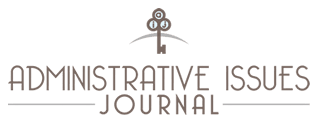
Abstract
As Professional Learning Communities (PLCs), defined by DuFour et al (2008), continue to sweep into schools across the nation, school administrators need the tools to assess the productivity of the teachers’ collaborative teams. PLCs provide the structure for teachers to analyze student achievement data and design common formative assessments. The PLC Efficacy Rubric discussed in this presentation was developed for use in the College Ready in Mathematics and Physics Partnership grant funded by the National Science Foundation to provide school administrators the tools to evaluate teachers’ collaborative work and guide them to increased success. This presentation introduces the five indicators of PLC efficacy and the descriptors for each indicator, which may be applied to other non-educational settings.
Recommended Citation
Witherington, Laura S.
(2012)
"Leading Professional Learning Communities Toward Efficacy,"
Administrative Issues Journal: Vol. 2:
Iss.
3, Article 22.
Available at:
https://dc.swosu.edu/aij/vol2/iss3/22
Included in
Health and Medical Administration Commons, Higher Education Administration Commons, Public Administration Commons
Please consider contributing an article to Administrative Issues Journal, our submission policy: http://www.swosu.edu/academics/aij/guidelines.aspx
